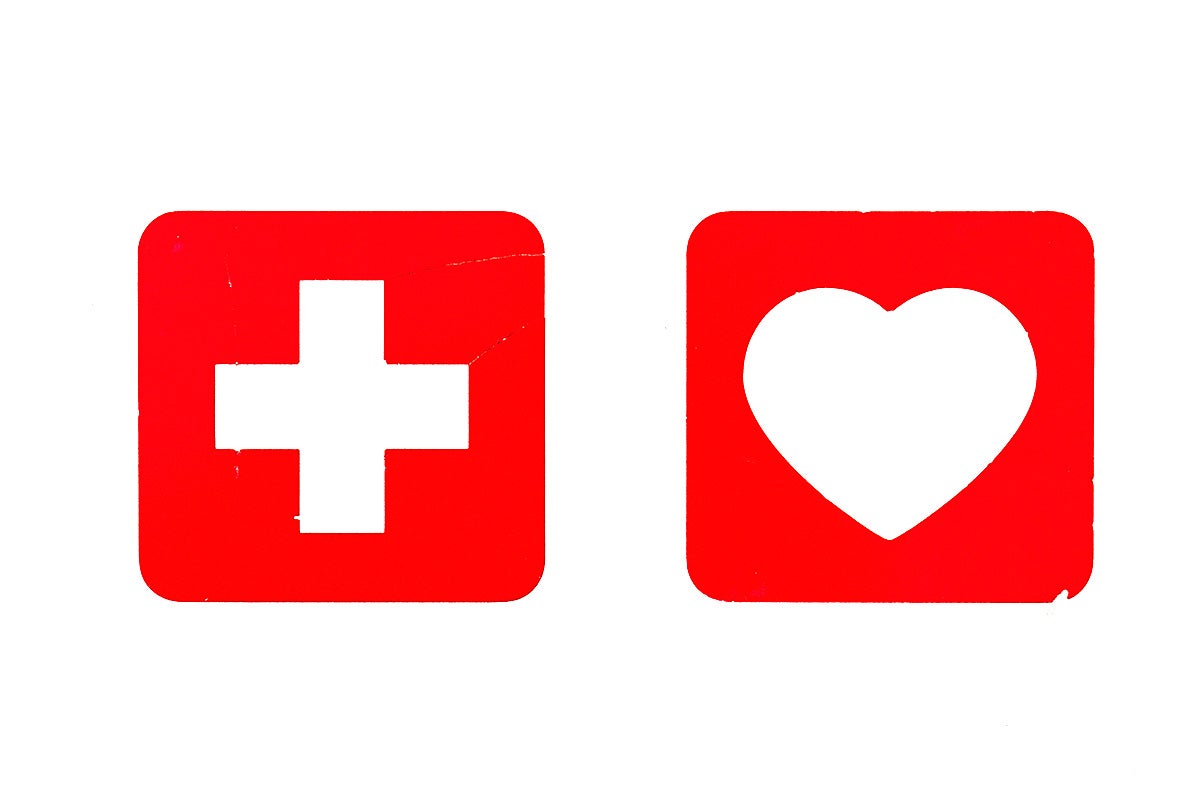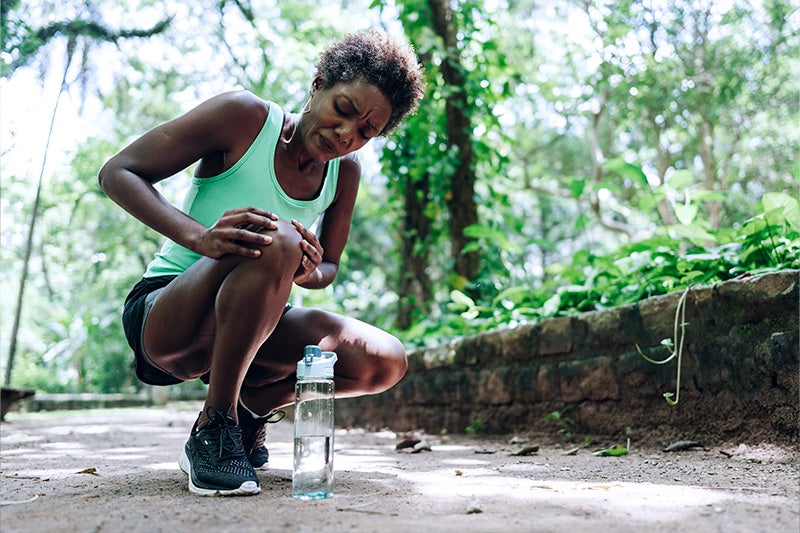What Is Hands-Only CPR? Take 90 Seconds to Learn How to Save a Life
September 8, 2021
By: Rebekah Loudermilk & John Sartain
Categories: Heart Health
Hands-only CPR is recommended for use on teens or adults whom you see collapse and who don’t respond when you try to rouse them with shouting and shaking.
It’s a quiet morning at home until the person you love most in the world says, “I don’t feel good.” Before they have taken two steps, they collapse to the floor. What do you do?
It might sound like a TV script, but it’s something that happens hundreds of times every day across the United States. Cardiac arrest – when the heart stops beating – can happen anywhere, anytime, but about 70 percent of the time, it happens at home.
Only about 46 percent of the people who go into cardiac arrest receive the immediate help they need to survive. Fast action is essential because as soon as the heart stops beating, vital organs inside the body start suffering from lack of blood flow. Within minutes – less than the time it takes EMS to arrive – cells start dying, including in the brain, lungs, kidneys and the heart itself.
But with hands-only CPR, you may be able to keep enough blood flowing to keep your loved one alive until EMS arrives. Here’s what you need to know to get started.
Who should receive hands-only CPR?
Hands-only CPR is recommended for use on teens or adults whom you see collapse and who don’t respond when you try to rouse them with shouting and shaking.
Should I check for a pulse?
The American Heart Association says no. Every second matters. If they don’t respond to shouting and shaking, begin chest compressions immediately.
What is "hands-only" CPR?
CPR is short for CardioPulmonary Resuscitation. It compresses the chest, which in turn squeezes the heart to pump blood. Here’s how you do it:
- First, call 911!
- Place your hands one on top of the other, palms down, in the CENTER OF THE CHEST.
- Push HARD AND FAST.
- Push 100 to 120 times per minute. Use a song to help you keep the beat. Examples of songs that have the right tempo are “Crazy In Love” by Beyoncé and "Stayin' Alive" by the Bee Gees.
- Keep going as long as you can or until EMS arrives.
Why is mouth-to-mouth breathing not performed?
The lungs and blood have oxygen remaining after a person collapses from cardiac arrest. This oxygen is enough to sustain the vital organs for a few minutes if adequate chest compressions are provided. Also, studies show that many people are not comfortable with mouth-to-mouth breathing and therefore do not do CPR in a cardiac arrest. Pushing hard and fast in the center of the chest may provide enough oxygenated blood to vital organs until Paramedics or advanced care arrive on scene.
How do high-quality chest compressions help in a cardiac arrest?
In a cardiac arrest the heart is not pumping oxygenated blood. With hands-only CPR you replace the heart’s own beating by forcing blood to the vital organs with each compression of the chest. Survival rates are dependent on the victim receiving immediate CPR from someone nearby.
How do I learn hands-only CPR?
See the accompanying American Heart Association Fact Sheet for easy-to-follow steps that can help you save a life. Again, there are two easy steps:
- Call 911
- Push hard and fast in the center of the chest at the rate of 100 to 120 beats per minute.
Visit heart.org/handsonlycpr to watch a Hands-Only CPR instructional video and share it with friends and family.
Download the Hands-Only CPR Fact Sheet for even more information.
St. Mary’s is certified as a Chest Pain Center with Primary PCI by the American College of Cardiology. All three St. Mary’s hospitals provide emergency care for cardiac arrest and heart attack, and St. Mary’s Hospital in Athens provides cardiac catheterization and electrophysiology services.



